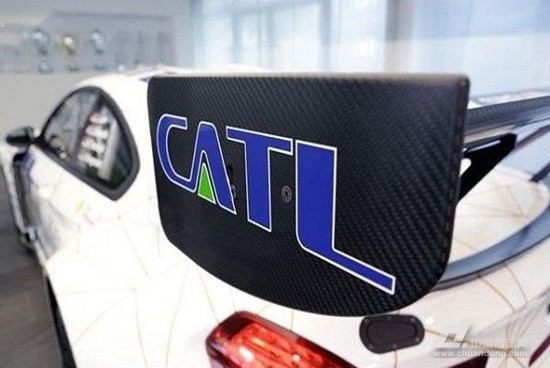After SAIC, Dongfeng shot again in the Ningde era.

“In the near future, we are entering the Ningde era and talking about a new battery company. To match the vehicle, we need to do it ourselves,†said Liu Weidong, a standing member of the Party Committee and vice general manager of Dongfeng Motor, during a recent media symposium. He revealed the company's latest moves in the battery sector, signaling a shift in strategy toward securing core technologies.
Dongfeng is not alone in its efforts. In May, SAIC Motor formed a joint venture with CATL, while BYD announced a partnership with Guoxuan Hi-Tech. Great Wall Motors also made headlines by investing in an Australian lithium mine. These moves reflect a broader trend among automakers to secure control over the electric vehicle (EV) supply chain.
The “double-integration†policy has accelerated these efforts, pushing automakers to plan ahead and gain control over critical parts of the EV industry. Dongfeng’s approach focuses on strategic investments rather than direct production. According to insiders, the company is leveraging capital to invest in battery firms, aiming to secure long-term partnerships and technological advantages.
Liu Weidong emphasized that Dongfeng is not looking to become a fully integrated company but instead aims to master key technologies and resources. The company plans to invest 10 billion yuan in batteries, motors, and power electronics by year-end. This aligns with the “583†plan, which targets control over five core resources, eight key technology developments, and three business model innovations.
Dongfeng has already established a modular platform for new energy vehicles, supporting three major technical routes: pure electric, plug-in hybrid, and fuel cell. The company’s production capacity stands at 220,000 units, with plans to increase it further. Key components such as vehicle controllers and BMS systems are already in small-scale production, while the battery group factory is nearing completion.
Looking ahead, Dongfeng aims to capture 18% of the new energy vehicle market by 2020, with sales reaching 360,000 units. The company is also accelerating the industrialization of the “three powers†— batteries, motors, and electronic control — through a dedicated industrial park. This initiative reflects a clear commitment to innovation and long-term growth.
As the EV market expands, automakers are increasingly focusing on the upstream battery industry. While some, like BYD, build their own batteries, others, such as SAIC and BAIC, prefer partnerships. Dongfeng takes a different path, using capital to invest in battery companies. Meanwhile, Great Wall Motors has taken a step further by acquiring stakes in lithium mines, highlighting the importance of controlling raw materials.
Industry experts believe that securing key technologies and resources is essential for competitiveness. By integrating upstream and downstream operations, automakers can reduce costs and strengthen their positions in the EV market. As the industry evolves, companies that adapt quickly and strategically will be best positioned to succeed.
UCOAX offer drone wire assembly solutions for many customers all over the world.
We have many solutions for machine vision data transmission and connection to solve the complex problem,worth of your contacting.
If you're interested in our drone link cable high speed low attenuation low noise with interface and length options, welcome to buy the quality products at competitive price with our factory. We also support customized production if you need. As one of the leading Custom Camera Link Cable manufacturers in China, we're waiting for your contact.
Drone Link Cable,D Line Cord Cover,D-Line Cable Cover,D Line Wire Cover
UCOAX , https://www.ucoax.com